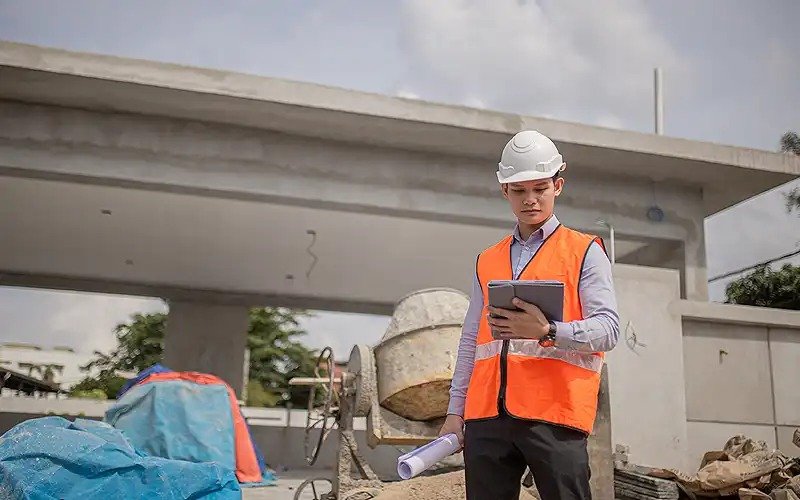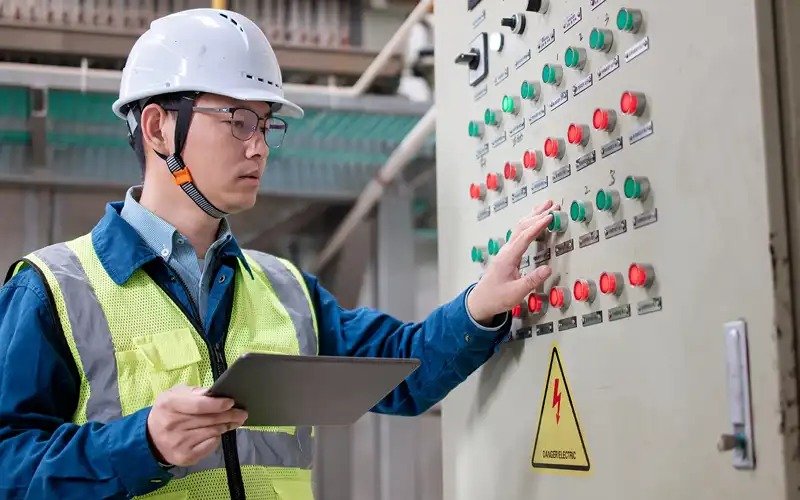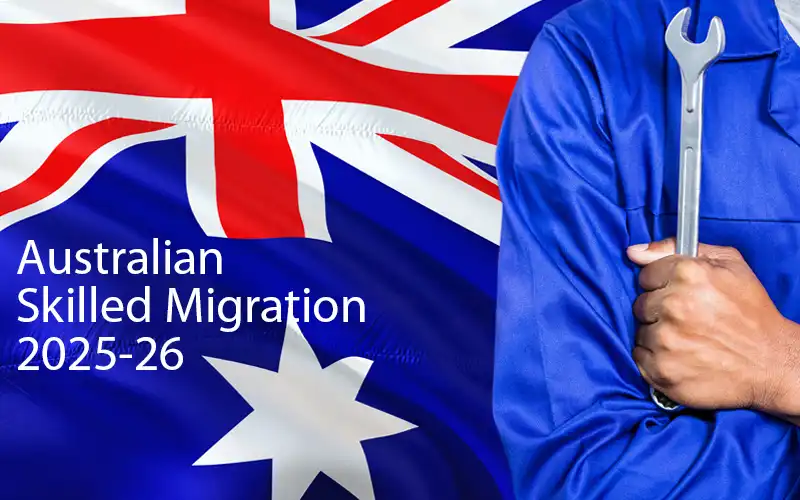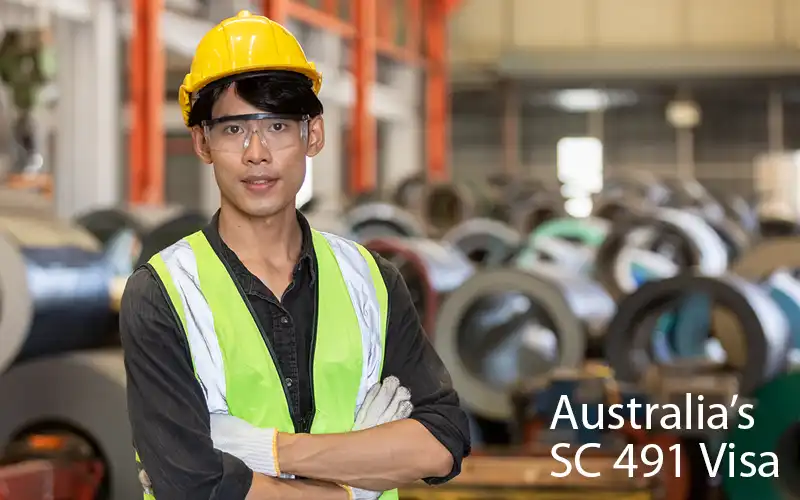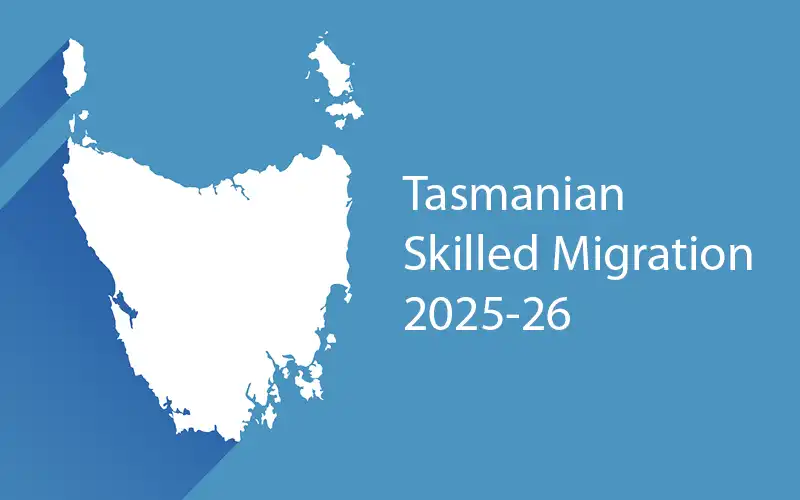Skilled Migration to Australia for Carpenters and Welders
Skilled carpenter or welder from Thailand, Indonesia, or Malaysia? Australia needs your talent! Build a brighter future with top pay, great lifestyle & clear PR pathways.
Mangalath Immigration Tweet
Are you a skilled carpenter or welder in Thailand, Indonesia, or Malaysia dreaming of a robust career path and a high quality of life? Australia beckons with a strong demand for your expertise! Mangalath Immigration is here to guide you through the exciting journey of skilled migration, helping you secure your future Down Under.
Australia’s booming construction and infrastructure sectors constantly seek talented tradespeople. With its excellent working conditions, competitive salaries, and diverse multicultural environment, it’s an attractive destination for those looking to elevate their careers and lifestyles.
Why Australia Needs Carpenters and Welders
Carpenters and welders are consistently listed on Australia’s skilled occupation lists, reflecting the critical need for these trades across various industries, including:
- Construction: Residential, commercial, and industrial projects.
- Manufacturing: Fabricating and assembling structures and products.
- Mining & Resources: Maintaining and constructing vital infrastructure.
- Infrastructure Development: Roads, bridges, and public facilities.
Your skills are not just desired; they are essential to Australia’s growth!
Key Visa Pathways for Carpenters and Welders
Navigating Australia’s migration system can be complex, but Mangalath Immigration simplifies it for you. Here are the primary visa options skilled carpenters and welders from Thailand, Indonesia, and Malaysia typically consider:
1. Skilled Independent Visa (Subclass 189)
This points-tested visa is for skilled workers who are not sponsored by an employer or family member or nominated by a state or territory. If your occupation is on the relevant skilled occupation list and you meet the points threshold, this could be your direct path to permanent residency.
2. Skilled Nominated Visa (Subclass 190)
Similar to the 189 visa, this is also a points-tested permanent visa. The key difference is that you must be nominated by an Australian state or territory government agency. State nomination often provides additional points, increasing your chances of an invitation. Each state has its own specific occupation list and criteria, so it’s vital to assess which state aligns with your skills.
3. Skilled Work Regional (Provisional) Visa (Subclass 491)
This provisional visa allows skilled migrants to live, work, and study in designated regional areas of Australia for five years. It requires nomination by a state or territory government agency or sponsorship by an eligible family member residing in a designated regional area. After three years on this visa, and meeting certain income thresholds, you may be eligible to apply for the Skilled Regional (Permanent) visa (subclass 191). This is an excellent pathway for those willing to live outside major metropolitan centres, as regional areas often have a higher demand for skilled trades.
4. Employer Sponsored Visas (e.g., Subclass 482 – Temporary Skill Shortage Visa)
If you secure a job offer from an Australian employer, they might be able to sponsor you for a Temporary Skill Shortage (TSS) visa (subclass 482). This visa allows you to work for your sponsoring employer for up to two or four years, depending on your occupation and stream. This visa can also lead to permanent residency pathways, such as the Employer Nomination Scheme (subclass 186), after meeting specific criteria.
Essential Steps for Your Australian Migration Journey
Regardless of the visa pathway, here are the general steps you’ll need to undertake:
- Skills Assessment: Your carpentry or welding skills and qualifications will need to be assessed by the relevant Australian assessing authority (e.g., Trades Recognition Australia – TRA). This is a crucial first step to prove your competency to Australian standards.
- English Language Proficiency: You will need to demonstrate your English language skills, usually through tests like IELTS or PTE.
- Expression of Interest (EOI): For points-tested visas (189, 190, 491), you’ll submit an EOI through SkillSelect, outlining your qualifications, experience, and points score.
- Visa Application: Upon receiving an invitation, you can then lodge your formal visa application.
- Health and Character Checks: All applicants must meet Australia’s strict health and character requirements.
How Mangalath Immigration Can Help You
Mangalath Immigration specialises in skilled migration to Australia. We understand the unique circumstances of applicants from Thailand, Indonesia, and Malaysia. Our services include:
- Eligibility Assessment: We’ll assess your qualifications and experience against Australian standards to determine the best visa pathway.
- Skills Assessment Guidance: We’ll help you prepare and lodge a successful skills assessment application with TRA.
- Document Preparation: Assistance with collating and preparing all necessary documentation.
- Visa Application Lodgement: Expert guidance through the entire visa application process.
- Ongoing Support: We’re with you every step of the way until your visa is granted.
Don’t let the complexity of immigration hold you back. Let Mangalath Immigration be your trusted partner in building your Australian dream.
Ready to Build Your Future in Australia?
Contact Mangalath Immigration today for a comprehensive consultation. Your skills are in demand – let us help you bridge the gap to a rewarding career and life in Australia!
Frequently Asked Questions (FAQs) about Skilled Migration to Australia for Carpenters & Welders
A1: Key requirements generally include a successful skills assessment by an Australian authority (like TRA), demonstrating English language proficiency, meeting age criteria (usually under 45 for skilled visas), and satisfying health and character requirements. Specific visa subclasses will have additional criteria.
A2: For some visas, like the Skilled Independent Visa (subclass 189), you do not need a job offer. However, having one can be beneficial. For employer-sponsored visas (like the subclass 482 or 186), a valid job offer and sponsorship from an Australian employer are essential.
A3: The processing time can vary significantly based on the visa subclass, the completeness of your application, and current processing queues. It can range from several months to over a year. Mangalath Immigration can provide more specific estimates during your consultation.
A4: The most commonly accepted tests include IELTS (International English Language Testing System), PTE Academic (Pearson Test of English Academic), TOEFL iBT, and OET (Occupational English Test – mainly for health professionals). You will need to achieve a minimum score depending on the visa type.
A5: Yes, most skilled migration visas allow you to include eligible family members (e.g., your partner and dependent children) in your visa application.
A6: A skills assessment verifies that your qualifications and work experience meet the Australian standards for your nominated occupation. It’s a mandatory step for most skilled migration visas and is crucial for proving your eligibility. For carpenters and welders, this is typically handled by Trades Recognition Australia (TRA).
A7: Applying for a regional visa (like the Subclass 491) can sometimes offer additional points and may have a wider range of eligible occupations or less competitive nomination criteria from state and territory governments, potentially making it an easier pathway for some.
Skilled Migration to Australia for Carpenters and Welders Read More »


